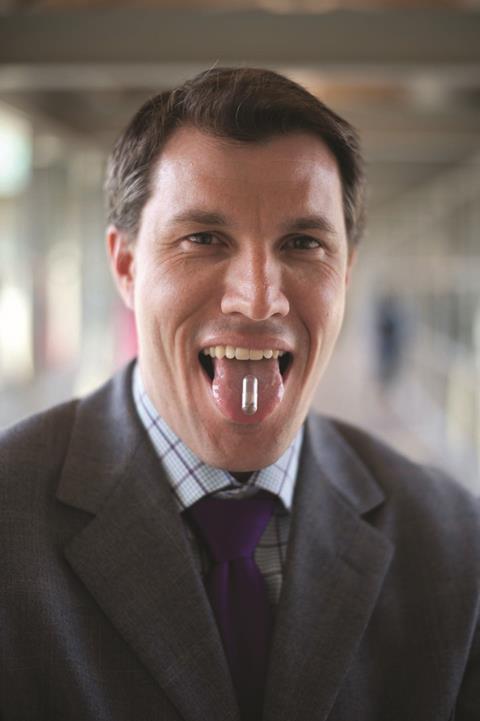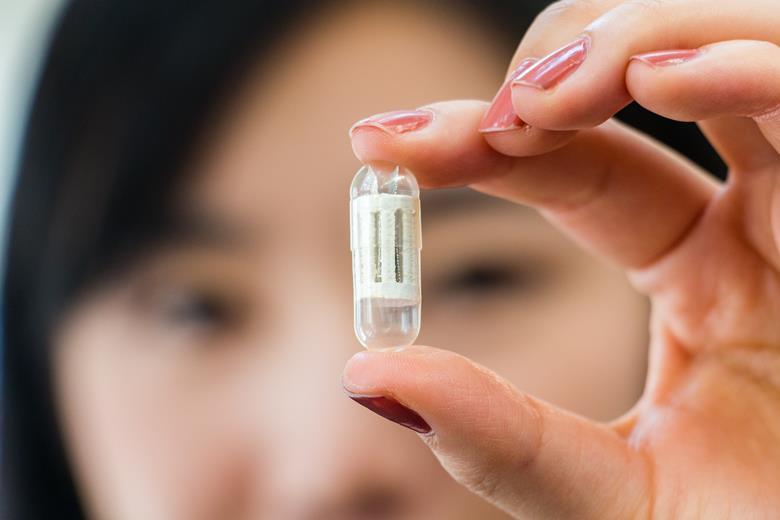
Cigarette smoke exposure is associated with the development and severity of chronic obstructive pulmonary disease, or COPD, which is the third leading cause of death worldwide.
Cigarette smoke contains 2–3 micrograms of cadmium, a highly toxic metal and environmental pollutant, per cigarette. Burning tobacco releases cadmium oxide that can be adsorbed onto microparticles in smoke that travel deep into the lungs. Furthermore, the body is not able to remove cadmium, which accumulates in longtime smokers.
In a Scientific Reports study, University of Alabama at Birmingham researchers show how a low dose of cadmium produces a deleterious stress in lung epithelial cells, and their findings highlight potential therapeutic targets to be explored in cadmium-exposure and subsequent lung injury.
The research, led by Veena Antony, M.D., a professor in the UAB Department of Medicine, focuses on microRNA-381, and the expression of a chloride channel gene called ANO1 in lung tissue samples and airway epithelial cells. ANO1 helps produce mucus in the airway; but overproduction of mucus in chronic lung disease can lead to airway thickening and mucus blockage, adding to severity of the disease. Thus, overexpression of ANO1 can exacerbate COPD.
The UAB researchers compared lung tissue samples from nine “never” smokers, who had zero history of cigarette smoking, and lung tissue samples from 13 “ever” smokers with COPD who had a history of smoking that ranged from 15 to 25 pack years per person.
One pack year is generally defined as smoking one pack of cigarettes a day for one year. The researchers found that “ever” smokers, in contrast to “never” smokers, had upregulated ANO1 expression in airway epithelial cells.
Similarly, airway epithelial cells in a bronchoalveolar lavage fluid from one non-COPD subject and one smoker with COPD showed greater ANO1 expression in the COPD-subject cells.
The researchers next tested the direct effect of very low doses of cadmium on normal human airway epithelial cells. These cells were grown on an air-liquid interface that allows the airway cells to differentiate normally. Two weeks of exposure to 0.5 or 1.0 micromolar cadmium chloride in the liquid layer increased expression of ANO1 12 to 14 times.
MicroRNAs have the ability to downregulate expression of a gene by direct interaction with that gene’s mRNA sequence. The UAB team used computer software analysis to identify microRNA-381 as the microRNA with most interaction with ANO1 mRNAs, suggesting that microRNA-381 is a negative regulator of ANO1. Some heavy metals are known to negatively regulate microRNAs.
Antony and colleagues used a synthetic inhibitor for microRNA-381 to inhibit the expression of microRNA-381 in primary human airway epithelial cells from subjects with COPD, and found that ANO1 expression was upregulated significantly.

